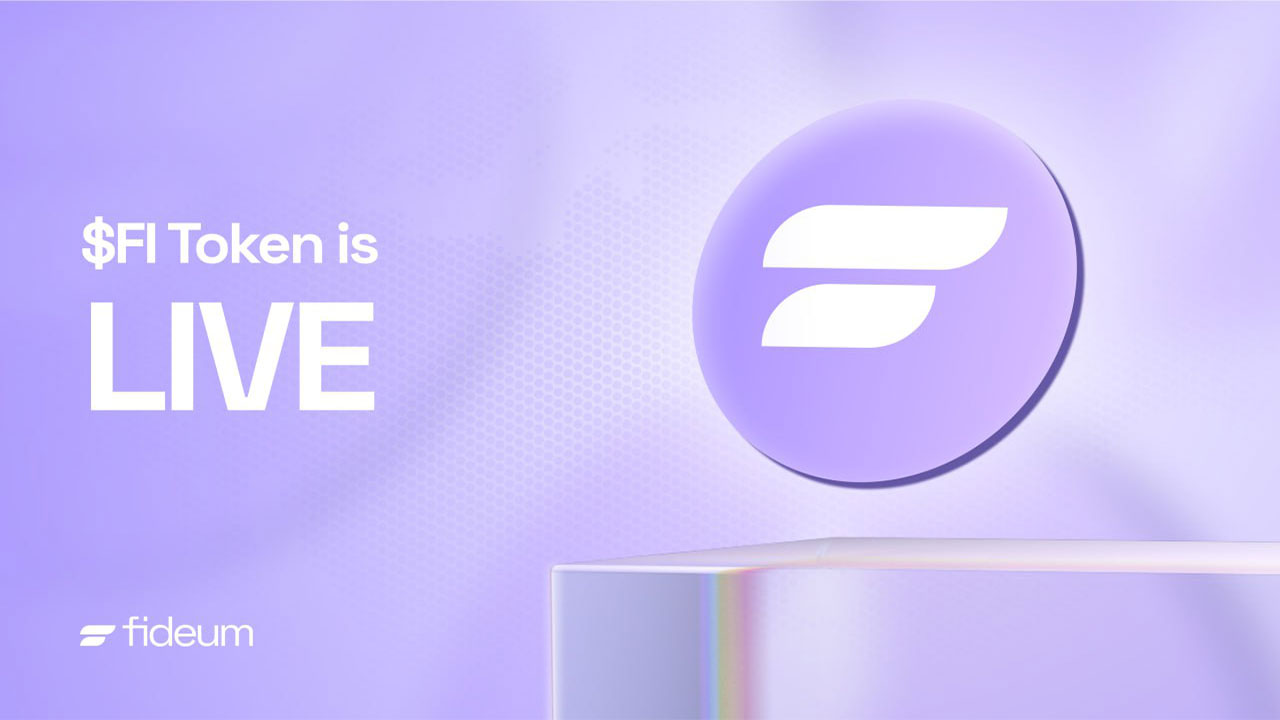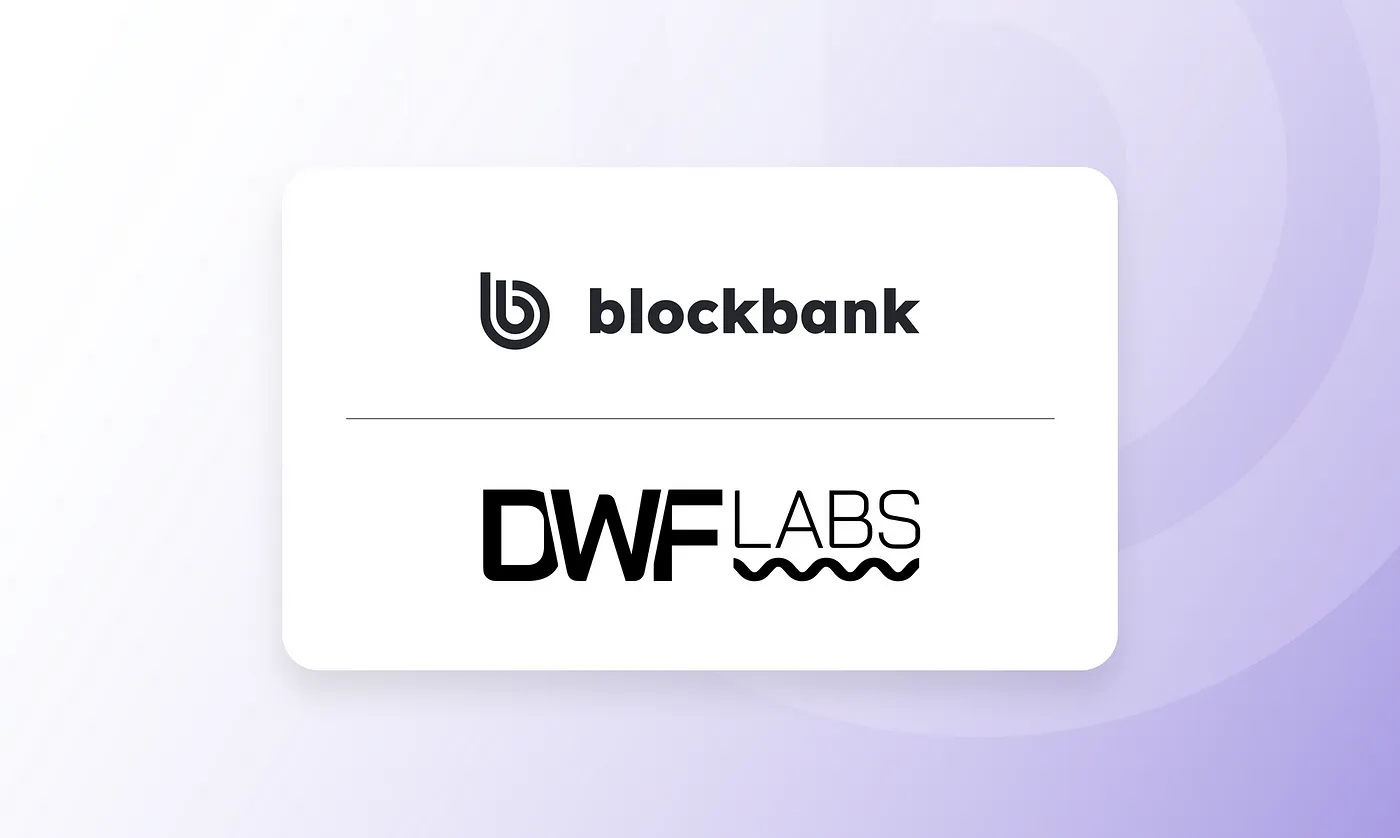Why Cybersecurity in Crypto is More Important than Ever

As the crypto term is becoming a nowhere wonder, more consumers, businesses, and governments discover virtual assets and blockchains, cyber-attacks have highlighted security risks when it comes to particular projects or cryptocurrencies.
People lacking security knowledge often fall into the trap of unauthorized cryptocurrency trading platforms where their assets are stolen or their accounts are hacked.
And as experts state that digital currency value will continue to grow, so will the attacks, and extensive cybersecurity knowledge is becoming more vital than ever.
How to spot a scam? What is the importance of cybersecurity in the crypto world? And how to secure your crypto wallet? This and even more in blockbank’s article.
The Recent Tether Attack and Other Hackers’ Loot
Back in June, Tether CTO, Paolo Ardoino, confirmed that the Tether website, tether.io, had experienced a DDOS attack, receiving 8 million requests per 5 minutes instead of the usual 2 thousand requests.
DDOS (Distributed Denial-of-Service) attack is a cybercrime when the attacker floods a server with bot-powered internet traffic to prevent real users from accessing websites and overloading the servers, which might cause a temporary shutdown.
The panic in the market right after the attack resulted in Tether traded at less than $0.98 for the first time in two years, when it was supposed to hold the original value of one dollar. Making the investors question themselves if the crypto ecosystem still capable of resuming withdrawals.
Luckily, the attackers did not manage to access any sensitive information stored in Tether’s servers. Still, the story might continue to unravel, and more facts about the recent attack might surface.
According to Slow Mist Hacked, crypto project-related hacks increased by 96% in 2022 H1, compared to 2021 H1, from 38 to 96 incidents.
The primary victim of cyberattacks was the Ethereum (ETH) ecosystem, which lost over $1 billion in 32 attacks. Solana’s ecosystem experienced a loss of $383.9 million in five incidents, primarily through the exploit of the DeFi platform Wormhole. And in third place is Binance Smart Chain, suffering from a $141.4 million loss in 47 attacks.
And in total, it makes over $2 billion stolen from users holding their digital assets in various projects.
Although Finbold reported that North Korea was the leader among all countries regarding cryptocurrency crimes netting in 2022 with 15 successful cyberattacks tracked, the United States comes in a close second, with 14 verified cases of traceable crypto assets thefts.
The Importance of Cyber Security in Cryptocurrency
According to Marsh, Bitcoin accounts for around 98% of ransom payments. Cybercriminals often deploy ransomware attacks by running code, encrypting data on individuals’ or companies’ devices, and then requesting payment in the form of cryptocurrency to release it.
While cryptocurrencies allow cybercriminals to remain anonymous, hackers also take advantage of the exposures and areas lacking security of new crypto projects. By stealing the account keys of crypto wallets, attackers can permanently lock users out, gaining access to their assets. And that’s why crypto accounts must be treated with maximum caution.
Cryptocurrency swaps are the primary target for hackers because they deal with immense amounts of digital money that often lies protected only under one 8-symbol password or, even worse — a 4-digit passcode.
How Does the Lack of Cybersecurity Impact the Market?
DDOS attacks, ransom hackers, and other breaches pose a challenge not only to the assets’ holders but also to the whole crypto market.
After the DDOS attack, investors withdrew over $1.6 billion Tether in just 2 days, fearing another attack that would lock the assets or drop them to an even lower price.
And once the stablecoin price dropped, it dragged the largest crypto asset, Bitcoin, down to 16-month lows, causing even bigger chaos in the crypto market.
So whether a stablecoin like Tether faces a coordinated cyber attack, or a crypto project’s servers get hacked, the investors fear and uncertainty shakes the whole market, which is already experiencing massive hits from new regulations and emerging economic crisis.
It’s important to note that once the hackers discover a security breach in a platform, project, or a whole ecosystem, they can sell virtual assets without even getting noticed, and the one way to play your part in making it impossible for hackers to access your virtual assets is to secure your wallet.
Ways How to Secure Your Crypto Wallet
After learning to identify potential scams, the next step in your crypto journey is choosing a trusted and secure provider for all your cryptocurrency investment needs.
Making the issue of cryptocurrency security even worse is the reality that most virtual wallets come with limited protection measures against cyberattacks and hacks, which makes it even easier for them to deduct digital assets from hacked users’ accounts.
Luckily, platforms like blockbank offer users a range of security tools to help protect their data and assets from unauthorized usage.
When creating an account, blockbank asks every user to set a numerical password to access the wallet and a seed phrase made of 12 random words. After creating an account and connecting or creating a digital wallet, you can head to profile settings, turn on 2-factor authentication, and enable biometrics login.
Crypto.com, a 5-year-old cryptocurrency exchange, a popular choice for new and experienced crypto investors, got hacked in early 2022. Hackers got away with $35 million worth of cryptocurrency due to a lack of 2-step factor authentification of most hacked accounts.
We also suggest using a strong password generator when setting up a CeFi account on the app to maximize the security level of your account.
Nevertheless, it is also important to note that using public WiFi when connecting to your crypto wallet is not recommended as those networks can often be compromised.
In most cases, when the accounts are not properly secured, are exposed to hackers, and assets are stolen, it might be nearly impossible to recover the account or refund the investment.
How to Spot a Scam in Crypto?
Solid cybersecurity knowledge is essential for investors who have just dipped their toes in the crypto world. To avoid getting into all sorts of scams and losing your virtual assets, get to know the red flags when it comes to crypto investments:
- Guaranteed returns promises often lure you into referral schemes when the person who invited you receives a reward. If the website where the guaranteed returns are pledged is compromised, you just might lose your investment as soon as you deposit the money. Remember — no financial investment can guarantee returns because it is volatile.
- A chance to get more assets by transferring initial funds to a particular account. A scam technique is also known as Honeypot, where the scammers offer investors to get 2X or more in crypto when the user sends digital currency to them. Learn more about it on our Twitter.
- A poor or non-existent whitepaper in projects can signalize that the crypto project is unsafe or is built to scam people. Every virtual asset and its projects should have a whitepaper since this is one of the essential elements of a coin offering.
- Outrageous marketing efforts as the owners of various scam-focused projects designed to reach as many people as possible in the shortest time possible — raise money quickly, without a chance of getting exposed to legal organs. Often those marketing campaigns advertise with FOMO offers, promising high yields with minimal investments.
- Free rewards & money are probably the most popular scamming methods. When a project offers you free money, NFTs, or other rewards just by joining and making a small deposit, it’s a red flag that calls for thorough research.
- Stay vigilant of phishing when hackers trick users into entering credentials into a legitimate-looking website. For example, users might receive an email from their crypto exchange to change their password and username. Once they complete the form, the account credentials are collected, and the account is hacked.
- Don’t log in to unauthorized & non-secure platforms with your wallet’s credentials, as you most likely share it with the hacker who targeted investors with poor cybersecurity knowledge.
You can get more tips on how to spot a crypto scam and what you should do when coming across suspicious projects by heading to our blog’s article Tips To Spot Crypto Scams and Stay Safe Online.
Bottom Line
Although the quickly evolving crypto market can be overwhelming for any new or experienced investor, there are dozens of opportunities waiting for those who are not afraid of the uncertainties.
However, you should acknowledge the risks and take the proper precautions to protect your crypto assets. You should also be conscious of the various scams inviting users to gain rewards with minimal investments or funds transfers.
When trading virtual assets, use exchanges that provide maximum security, set up a strong password, 2FA, and keep your seed phrase offline, so only you can access it if needed.
Don’t dive into a scam pool of empty promises when you see an ad on Social Media, do your own research and take care of your cryptocurrencies with consciousness.
Author: The blockbank team












